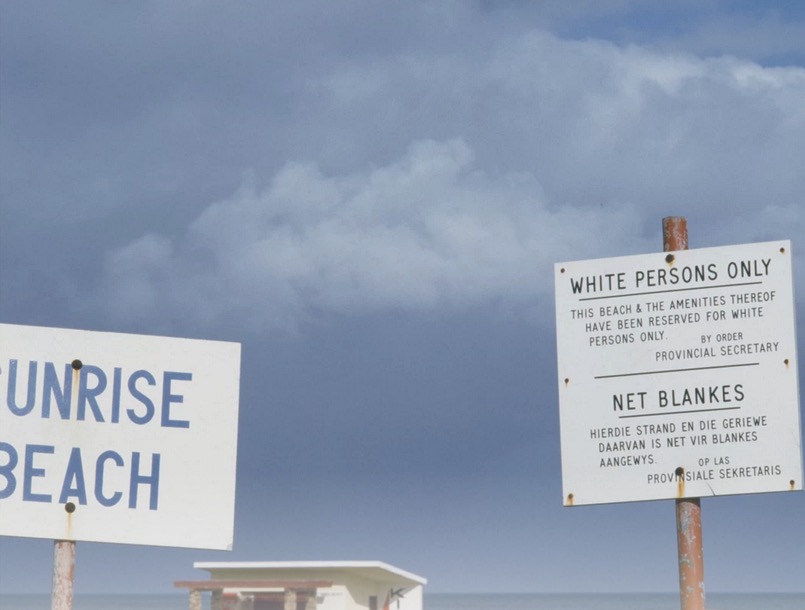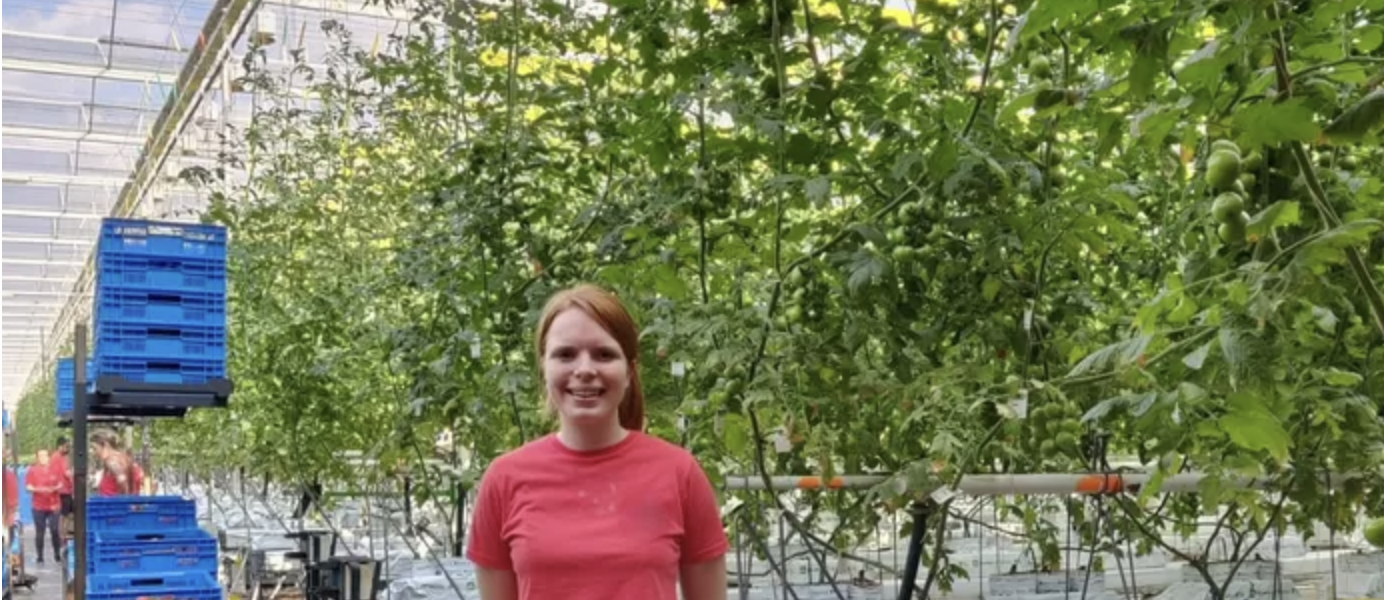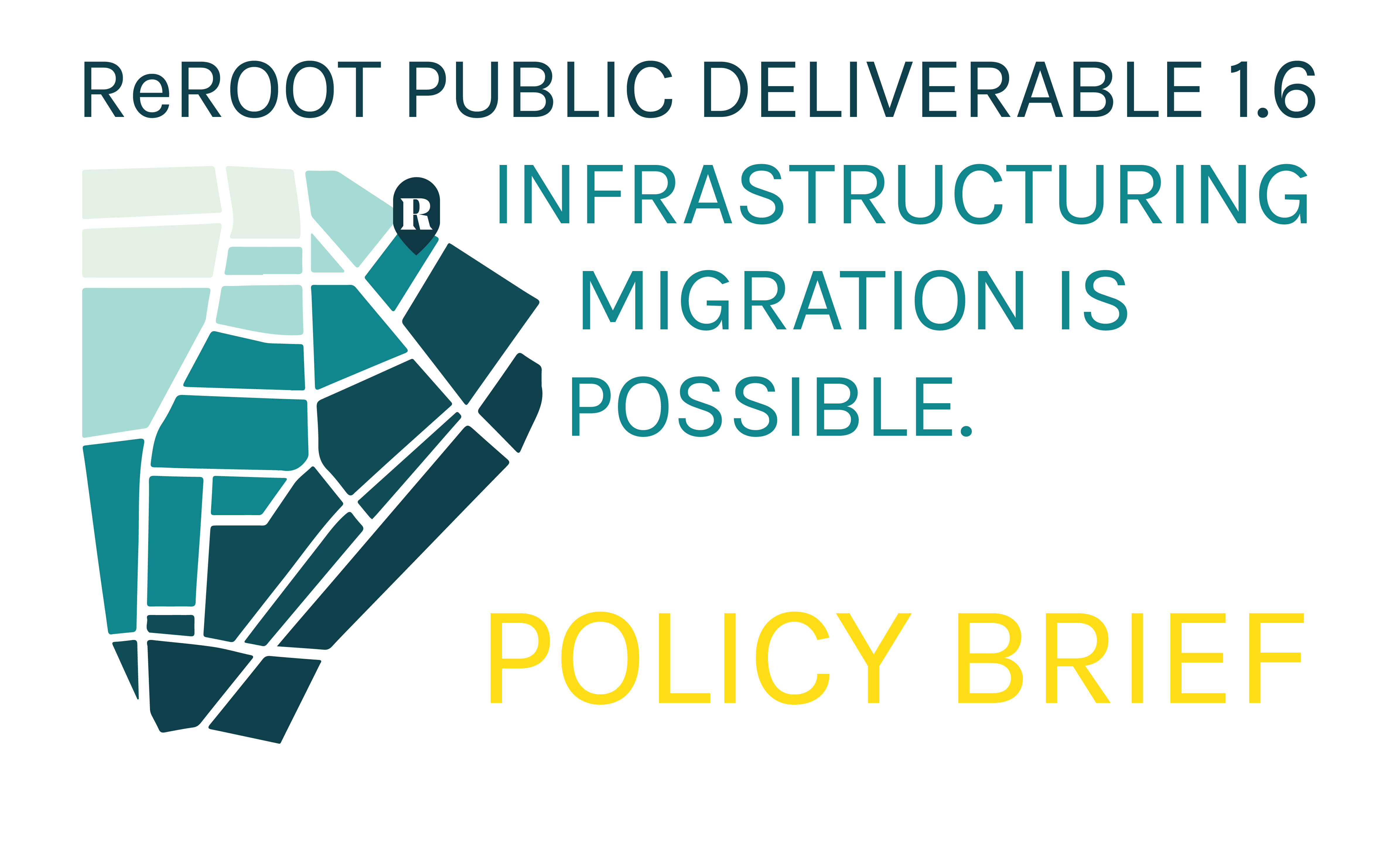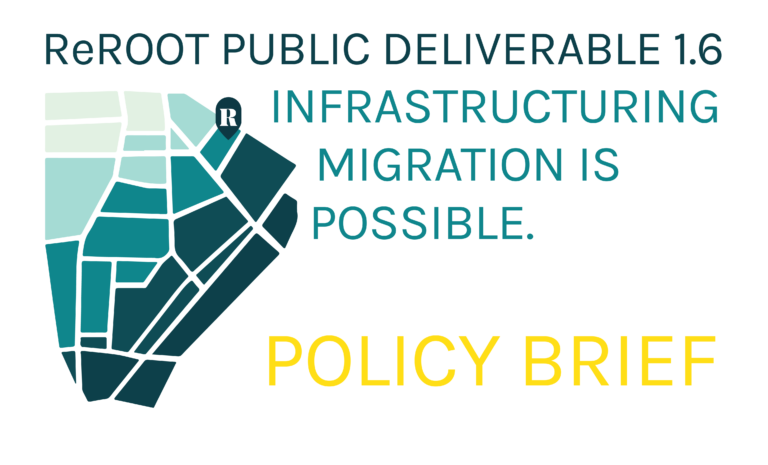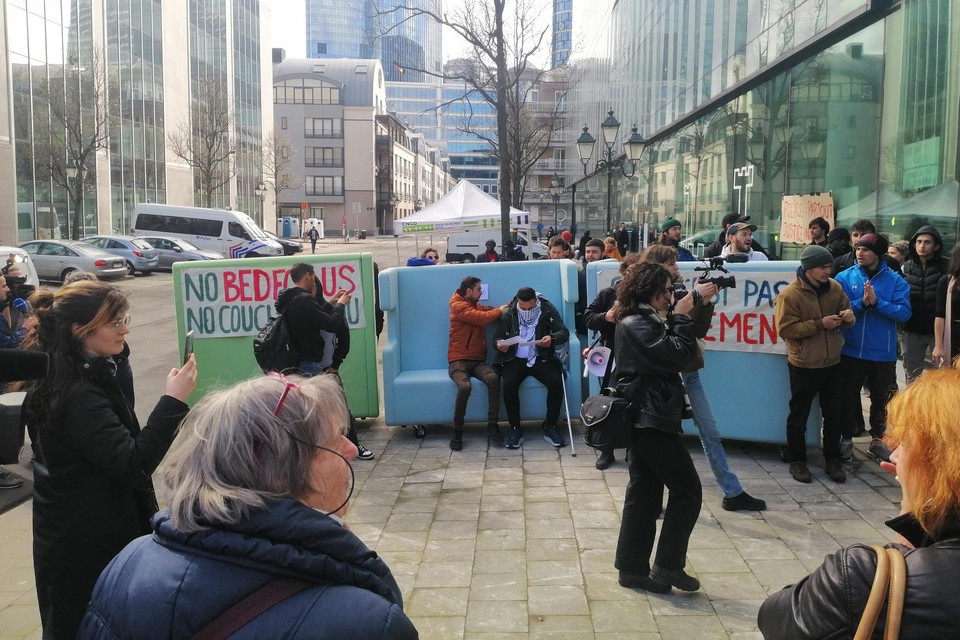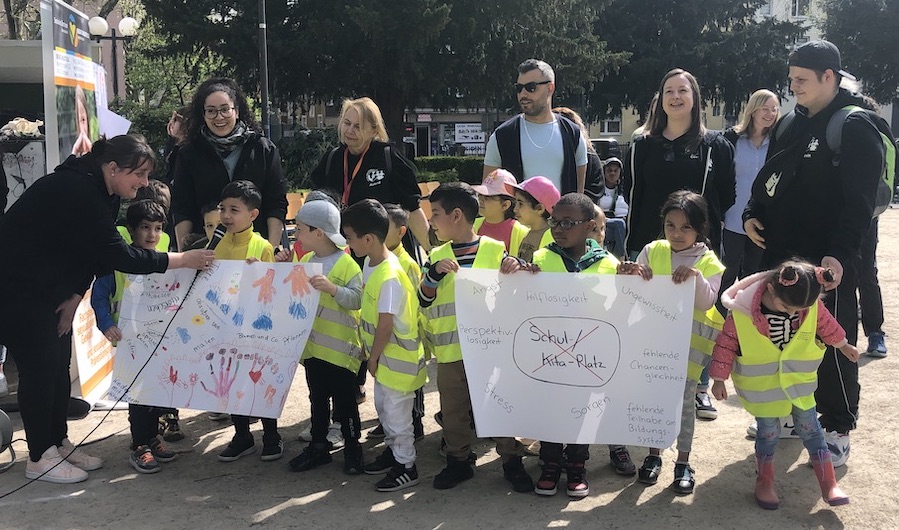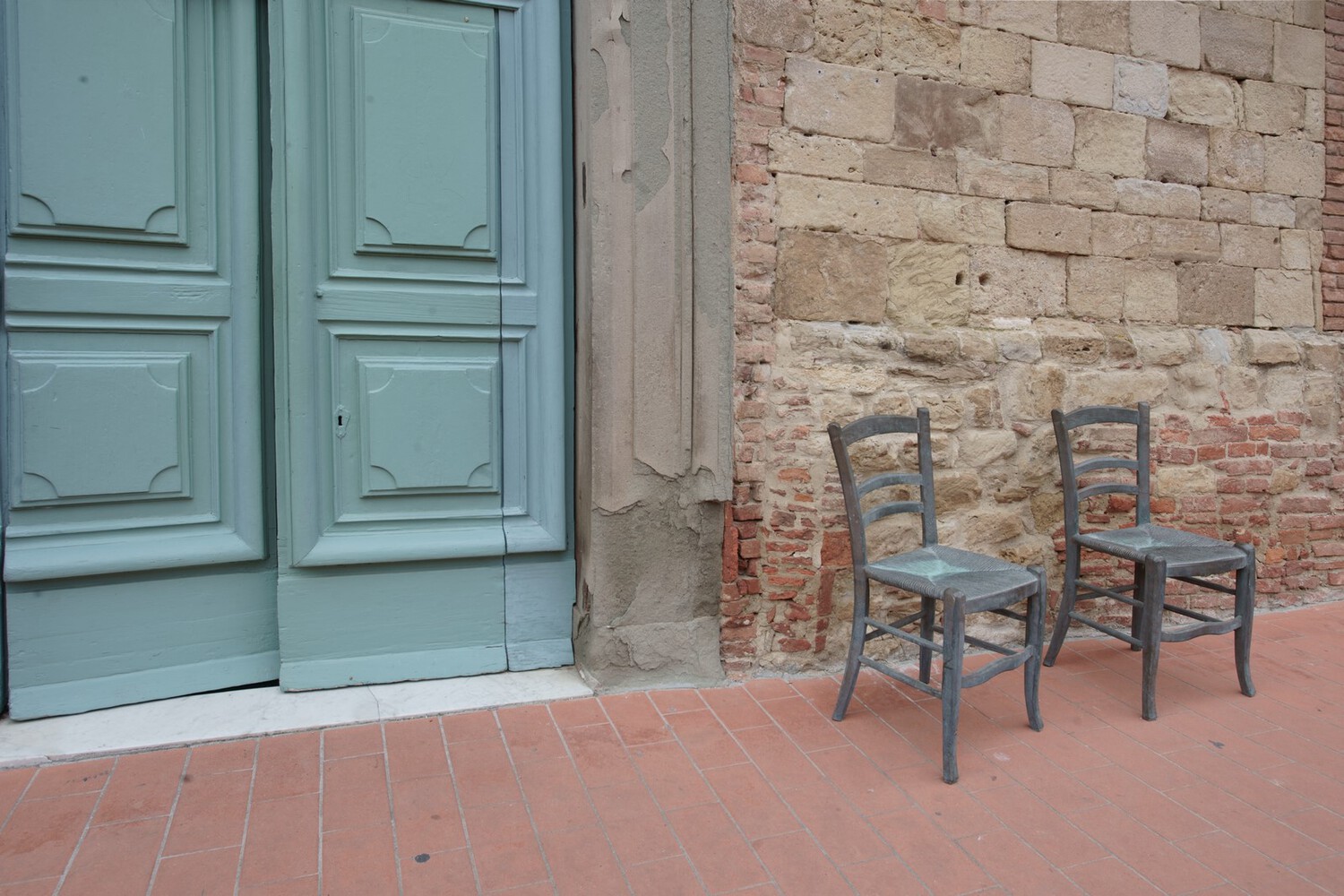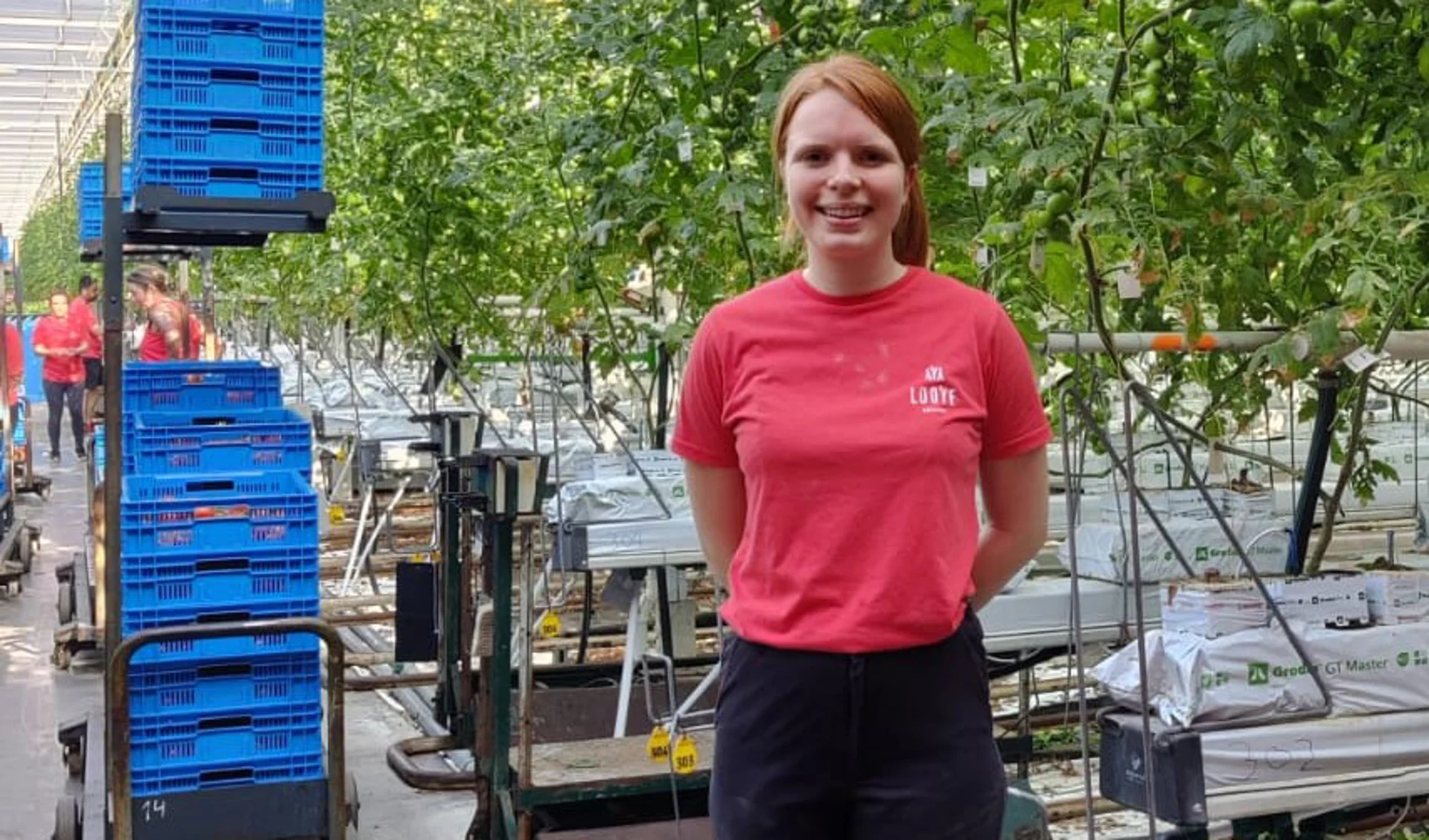by Tina Gudrun Jensen
Tina Gudrun Jensen, researcher at MIM – Malmö Institute for Studies of Migration, Diversity and Welfare, Malmö University and ReROOT coordinator of arrival integration research.
On November 7, 2023 MIM – Malmö Institute for Studies of Migration, Diversity and Welfare, Malmö University, which is part of the ReROOT team, held a Symposium on perspectives on the EU´s New Pact on Migration and Asylum in Brussels.
The New Pact was initially proposed in 2020 and negotiations are due to conclude in February 2024. The aim of the New Pact is to find a common EU framework for migration, a set of regulations and policies to create fairer, efficient, and more sustainable migration and asylum processes for the European Union. The New Pact entails new asylum and migration management regulations, a new EU asylum agency, uniform rules on asylum applications, new rules governing migration crisis and force majeure situations, a new screening regulation, supposedly better reception conditions, an updated EU fingerprinting database, a common asylum procedure, and a new EU resettlement framework.
The panel members for the symposium in Brussels were Johan Ekstadt, doctoral researcher from Dept. of Global Political Studies, Malmö University, Magdalena Ulceluse, assistant professor in International Migration and Ethnic Relations at MIM, Malmö University, Dr Basak Yavcan, head of research, Migration Policy Group and Dr Hanne Beirens, Migration Policy Institute Europe.
The panel debated the positive and negative aspects of the New Pact. On the positive side, the panel mentioned that many member states were willing to come to the negotiation table and collaborate on the New Pact. Yet, the panel also pointed out many shortcomings of the New Pact. Generally, the panel members questioned whether the New Pact will resolve the core problems of the asylum system. They pointed out that as more administration and decision-making will happen at the border, even more people will be stuck at there. This is in line with a general critique of the New Pact that procedural rules appear to be so complex that they may be unworkable in practice. Consequently, the new procedures may lower the protection standards for asylum seekers in Europe as it is expected that there will be more use of the border procedure, which will lead to more people in detention centres at the external borders, and thus to substandard asylum procedures and more pushbacks. Also, the New Pact does not do away with the system of the Dublin regulation, i.e., migrants can still be sent back to Greece.
Another criticism that the panel raised was that the New Pact does not put priority to special vulnerable groups such as children and victims of domestic violence. This also reflects a general criticism against the New Pact for not considering exemptions from the border procedure for vulnerable people. Furthermore, the panel pointed out that regular migration related to labour as well as low-skilled migrants has little priority in the New Pact, which appears to prioritise only the `best and brightest´ migrants.
The change in EU policy represented by the EU´s New Pact on Migration and Asylum is important for the ReROOT project, which has a focus on the development of migration regimes, and provides insights into arrival processes as they take place within policy contexts. The ReROOT project is concerned with the many constraints in migration and reception systems, and hence observe any changes that may improve the involved procedures.

